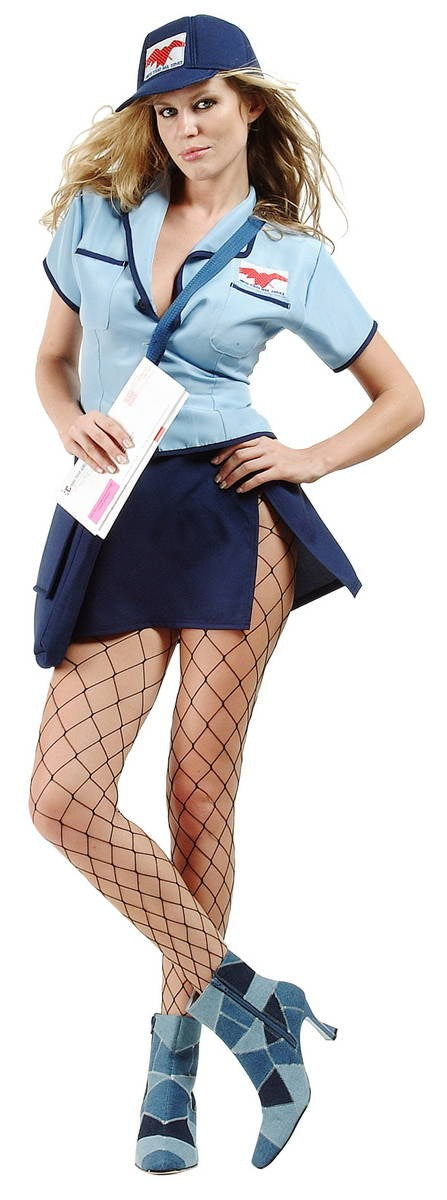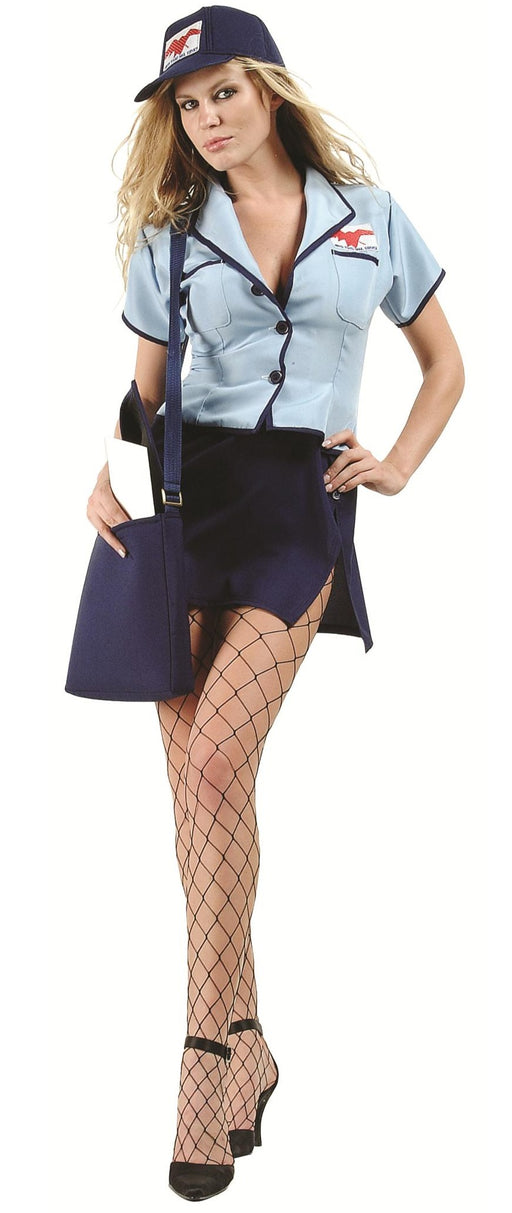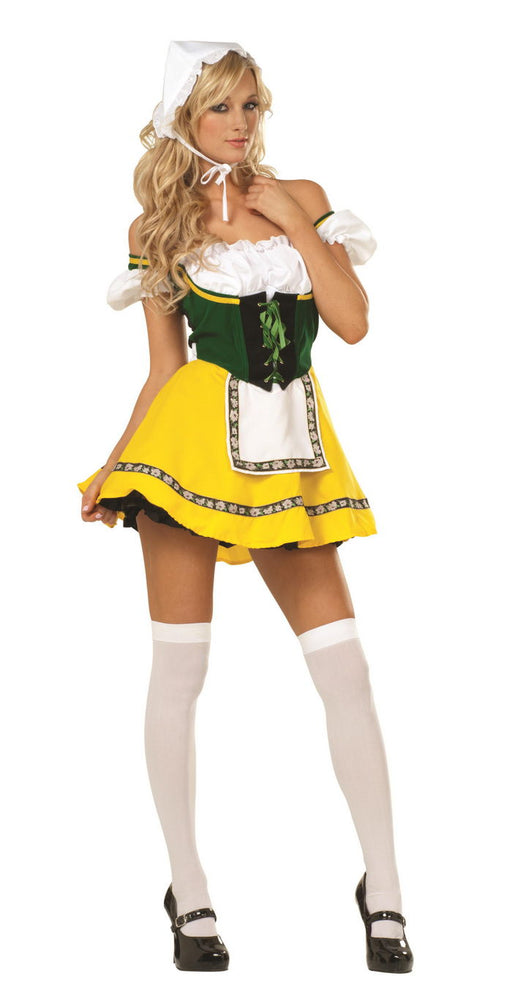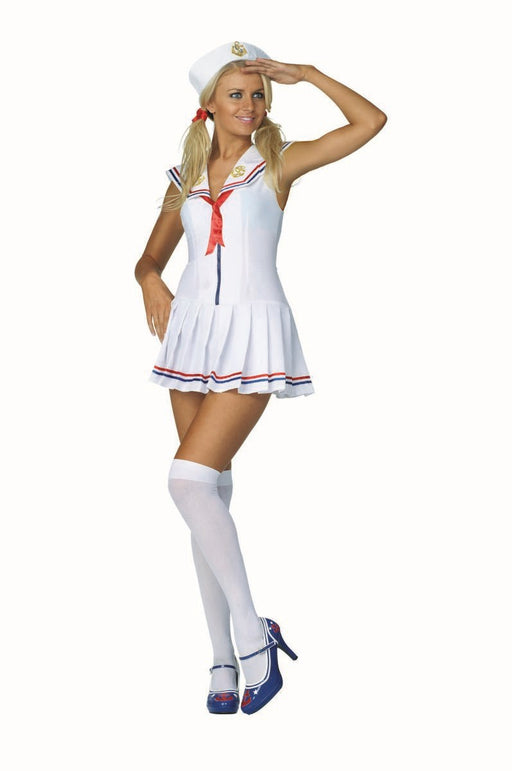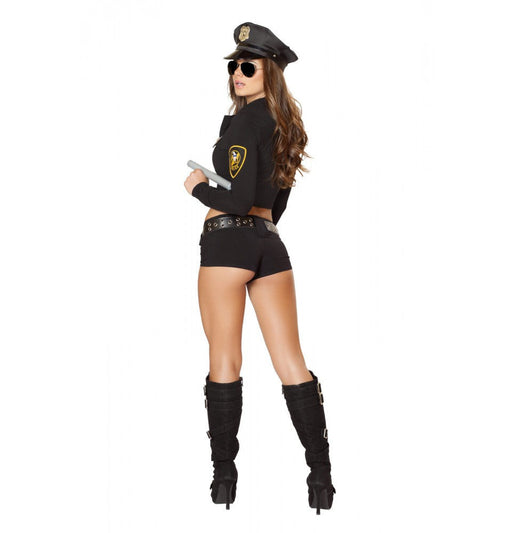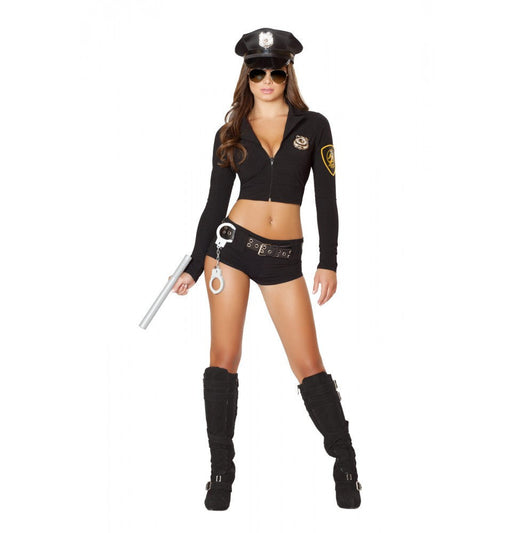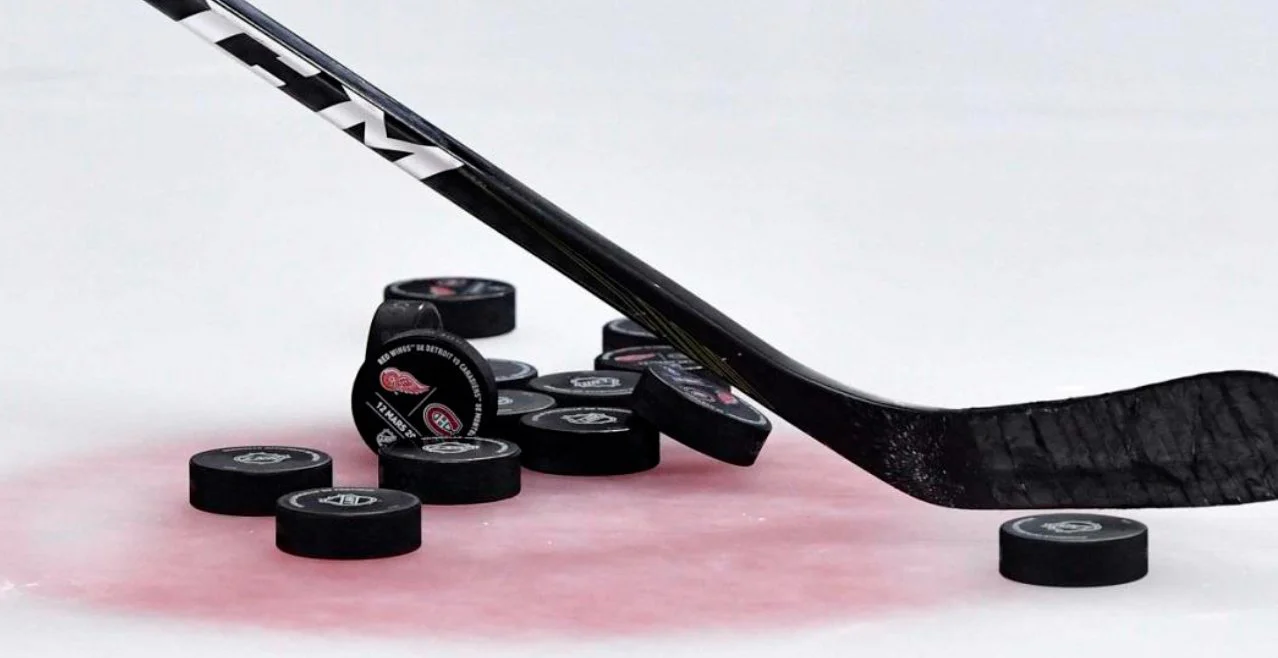
10 Hockey Mascots that you didn’t know
10 Hockey Mascots that you didn’t know
Mascots have been an essential element of sports culture in the previous century as well as in the present times. They make for a good laugh during events, calming an otherwise tense atmosphere and elating the spectators who come to cheer their athletes and players. They are an avenue of joy, laughter and exhilaration and they do their job perfectly.
Since they are basically humans with personalities, different mascots behave differently and have the capacity to influence the reputations of their franchises and the particular games being held. They also represent a wide range of emotions, animals, inanimate objects and futuristic concepts. The rationale behind this is to rally up the people attending those particular games to be in touch with the game events by giving them something relatable to cheer them when everything goes well and console them if their favorite team gets defeated.
Aline Lafargue, a designer, created the first documented mascot in 1968 for the Winter Olympics in France. Mascots have since been deployed in a number of sports to provide a "festive mood" and cheerfulness at sporting events. Infact, no modern game can be complete without a mascot. Sports organizations were the ones who thought about introducing mascots to their events for entertainment and excitement purposes for the spectators.
It's not uncommon to see large hairy Teletubbies walking about sporting events, particularly field and court events. It’s just a normal sight. Most of them are single individuals but sometimes they can be more than two and therefore operate as a group. Also most mascots are native and indigenous to the host countries which are holding that particular event in that particular year to celebrate and appreciate their culture.
Most NHL teams now have official team mascots who grace the games and represent the franchises and the communities that surround them. The only teams without official mascots are the New York Rangers (who have never had one) and the Seattle Kraken (who are new to the league).
Spartacat, Carlton the Bear, and Gritty are among the most well-known hockey mascots, but there are a plethora of other entertaining mascots you may not have heard of.
Also mascots can also be used as an advertising avenue for those particular games. Since they are recognizable easily, they act as a form of corporate branding and soft selling of the event to audiences. They can also act as brand ambassadors in areas where advertising is prohibited since they can easily attend, that way, they promote the event while doing their job of entertaining the crowds.
Here are ten hockey mascots that we compiled for you, you probably didn't know existed because of their rarity.
Chance
Chance, the official mascot for the Vegas Golden Knights, might be less popular than other mascots in the league, having been unveiled on October 13, 2017. He’s thus been around not so long. Chance might be mistaken for a gecko or a dinosaur, but it's actually a Gila monster (pronounced HEE-la)
One interesting thing about Gila monsters is that they move slowly but steadily and hiss more than they bite. Be courteous if you come across one in the wild or at the games. They might not be that popular hence keeping a safe distance from them is always recommended.
With less than 5 seasons under his belt, he might not be that popular but definitely would be in a few more seasons. Therefore he is one of the less popular mascots out there.
Iceburgh
This is the official mascot of the Pittsburgh Penguins of the National Hockey League. It originally appeared in 1992 but has remained under the radar ever since. He is not as visual in public hence he is most likely less to be known.
Iceburgh, as you might assume, is shaped like a penguin and can be leased for events at a rate of $250/hour when not in session. On days when the Penguins have a game, he is unavailable, obviously.
Badaboum
This was the official mascot for the Quebec Nordiques. The mascot has since retired and is known only to the older fans of the game. Those born before the 90s might have never heard this name before because Badaboum officially retired in 1995 when the Quebec Nordiques relocated to Colorado.
He looked like a fuzzy blue creature resembling a seal and he was the official permanent mascot for Quebec Nordiques up until they moved to Denver.
Boomer the Cannon
Boomer the Cannon is a relatively forgotten mascot, having served as the Columbus Blue Jackets' secondary mascot following the main mascot, Stinger.
People didn't like the mascot, which had a phallic design inspired by the cannon that fired whenever the home team scored a goal. Despite being around since 2010, it has kept a low profile and has recently been retired by its team. Despite him not being well received by the fans, he went on to do his duties well till his retirement.
Howler the Yeti
Howler the Yeti, as the name implies, was a mascot disguised as a Yeti. He was the Colorado Avalanches' first official mascot, but he has since retired, and the new mascot, Bernie, has taken his place. The team hasn't done particularly well since Howler's retirement. Some supporters believe Howler was the good luck charm, and that by killing him, they cursed the squad forever.
Word on the street has it that Bernie is lame but Howler was pure metal on ice. Yeti is still somewhat obscure among casual fans, which is why he makes the list. His signature moves during the games are all missed by his dear fans.
Kingston
This snow leopard was the Los Angeles Kings' first official mascot. He was retired after the 1994 season to make way for the next mascot, Bailey. Older fans may recall Kingston, but millennials definitely have no idea who he is. Therefore he fits well into this list.
Pete the Penguin
This penguin mascot was the official mascot for the Pittsburgh Penguins but not for long. He made his first appearance on the ice in February 1968 but died of pneumonia barely a year later on November 23, 1968.
This was a heartbreaking story that few fans would care to recall. Fortunately, the present generation is unfamiliar with Pete the Penguin. A second penguin was given to the team which helped them sail through their next season.
Pucky the Whale
This is the former official mascot of the Connecticut Whale. The mascot was unveiled in 2010 but had a rather short stint that ended in 2013. The mascot was a bipedal green beluga whale with a Whales emblem on its shirt. He was dropped when the team reverted back to the Hartford Wolf Pack identity which rendered him useless.
Unfortunately, the three years weren’t enough to etch Pucky into the minds of most fans and it has therefore remained largely unknown. The women’s team used a version of him on their jersey logos for a while before he was completely retired.
Slapshot
This was the mascot of the Philadelphia Flyers from 1976 to 1977, although his tenure was brief. He was the only known mascot of the team until another mascot known as Gritty was introduced. Today, Washington Capitals use a mascot that goes by the same name which is not to be confused with the original mascot. The New Jersey Devils former mascot also went by the same name before the introduction of N.J.Devil in 1993.
It's been over half a century, and I'm sure not many people remember Slapshot.
Thrash
From 1999 through 2011, this 6'3 Georgia Brown Thrasher served as the Atlanta Thrashers' official mascot. That's a long time in the fields, but after a decade, people are bound to forget. He is one of the most conspicuous mascots at this point.
Featured collection
Sexy Post Office Girl | Costume-Shop.com
Attention all aspiring letter carriers and mail enthusiasts! Prepare to deliver a package of seductive style and naughty charm with our Sexy Post O...
View full detailsNorthern Warrior Costume | Costume-Shop.com
Upgrade your costume game to legendary status with the Northern Warrior Costume! Designed for rugged adventurers and fearless warriors of the North...
View full detailsBeer Garden Babe Oktoberfest | Costume-shop.com
🇩🇪 Step into the Festivities with Bavarian Charm! Embrace the spirit of Oktoberfest in the Beer Garden Babe Costume from www.Costume-shop.com. Perf...
View full detailsSailor's Delight | Costume-Shop.com
🚢 Navigate the High Seas of Fashion! Command attention at your next party with the Sailor's Delight Costume from www.Costume-shop.com. Perfect for ...
View full detailsSexy Police Officer Hottie | Costume-Shop.com
🚓 Enforce Fun with a Dash of Flair! Step into the role of authority with the Sexy Police Officer Hottie Costume from www.Costume-shop.com. Designed...
View full details
